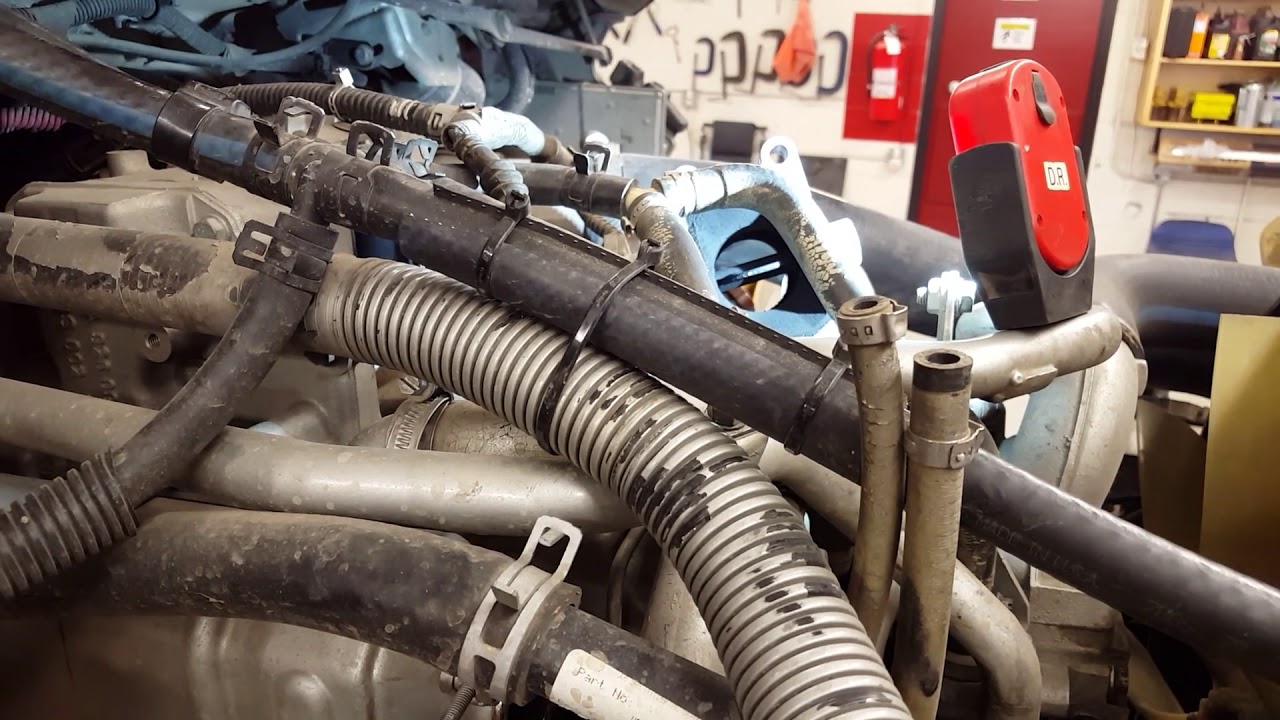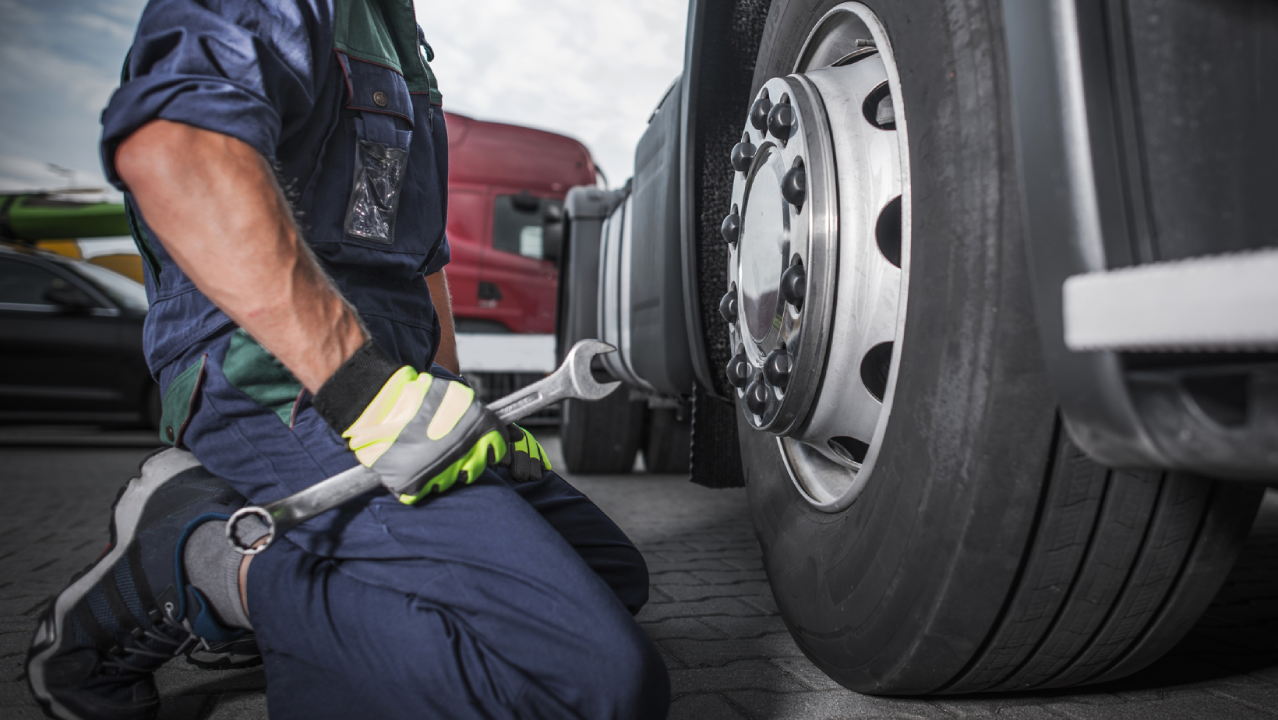The EGR valve is basically an electric motor opening and closing a valve. It’s an integral part of the diesel emission system on all diesel engines (2007 and newer) running on the road today. The job of the EGR is to allow a percentage of exhaust gas directly from the engine to pass through the EGR cooler and in to the intake system. The on board engine computer determines the position of the valve depending on the operating conditions.
The theory behind this operation is cooled engine exhaust entering the intake system reduces NOx (nitrogen oxide) gases reducing harmful emission levels. The EGR cooler is also a standard component on emission diesel engines. Engine coolant runs through a core where the exhaust flows creating a heat exchange. The coolant temperature is much lower than the engine exhaust and absorbs the heat.
If an EGR valve fails or sticks open an immediate loss in power happens along with a check engine light on the dash. In the video we are using the ServiceLink software provided by Freightliner to test the valve. The EGR can be commanded to a certain percentage and in case we had the valve removed to actually see it operate. It was doing it’s job opening and closing as requested. One weak spot with emission components is the collection of soot on internal areas which in some cases will cause the EGR valve to stick.
Down the line the diesel particulate filter will plug up as well. The tar like substance that is produced from direct combustion is terrible stuff and sticks to everything in it’s path. The EGR cooler is one part that we have replaced several times on both Mercedes and International diesel engines. The heat the cooler has to endure places a load on the integrity of the core that coolant flows through. Once the core fails the exhaust gases enter the cooling system and vice versa with coolant in the oil.
Our oil samples are sent out and analyzed so any sign of coolant in the oil will show up. Coolant in the oil has to be remedied asap with an EGR cooler replacement. The price as with any emission part is excessive so one way to prevent an EGR cooler failure is to make sure the coolant is chemically balanced (test kit) and there is no air entering the cooling system. Mercedes recommends replacing coolant every 2 years which we have been doing along with thermostats.







